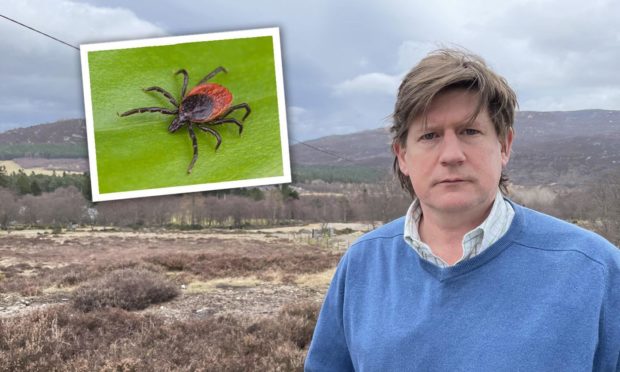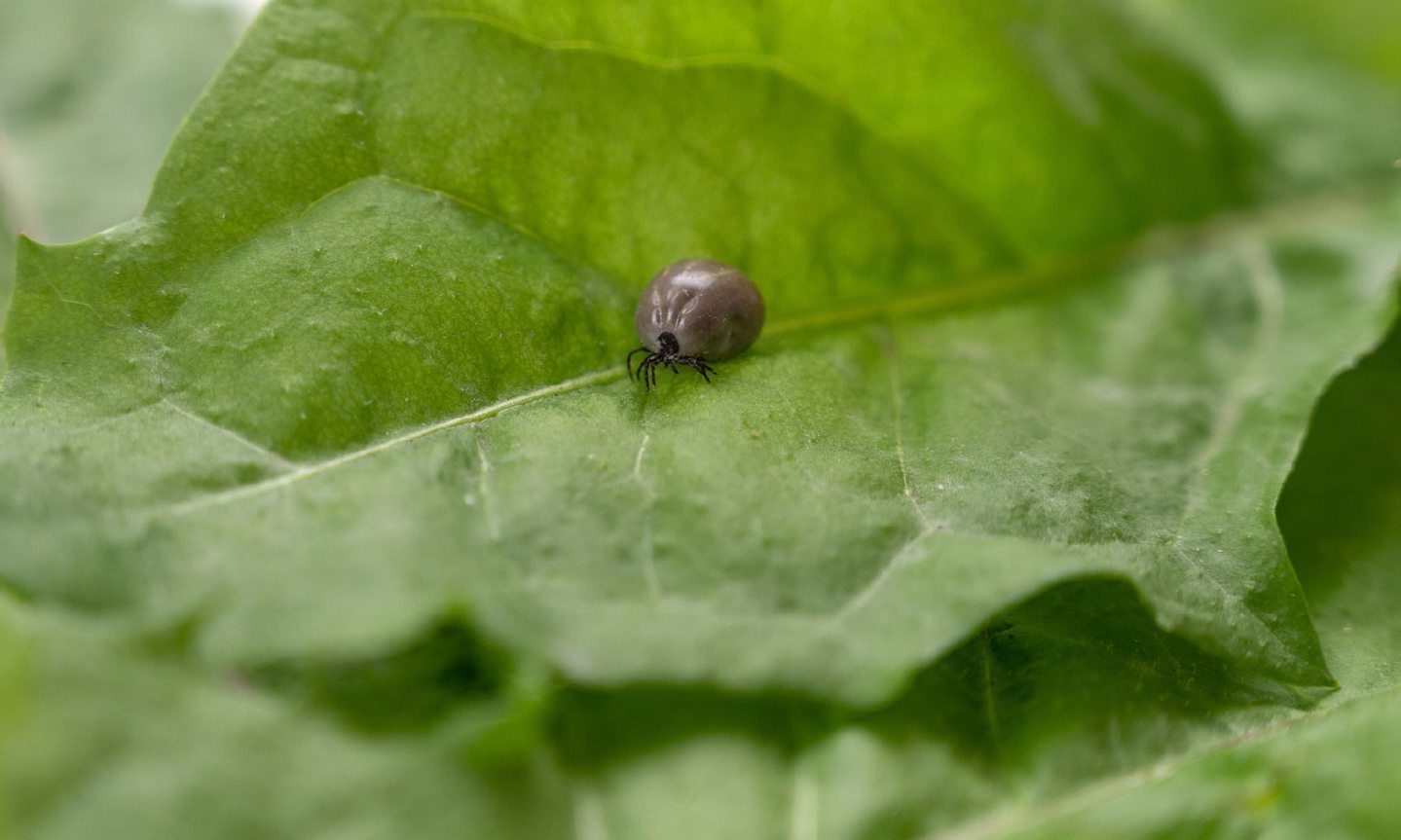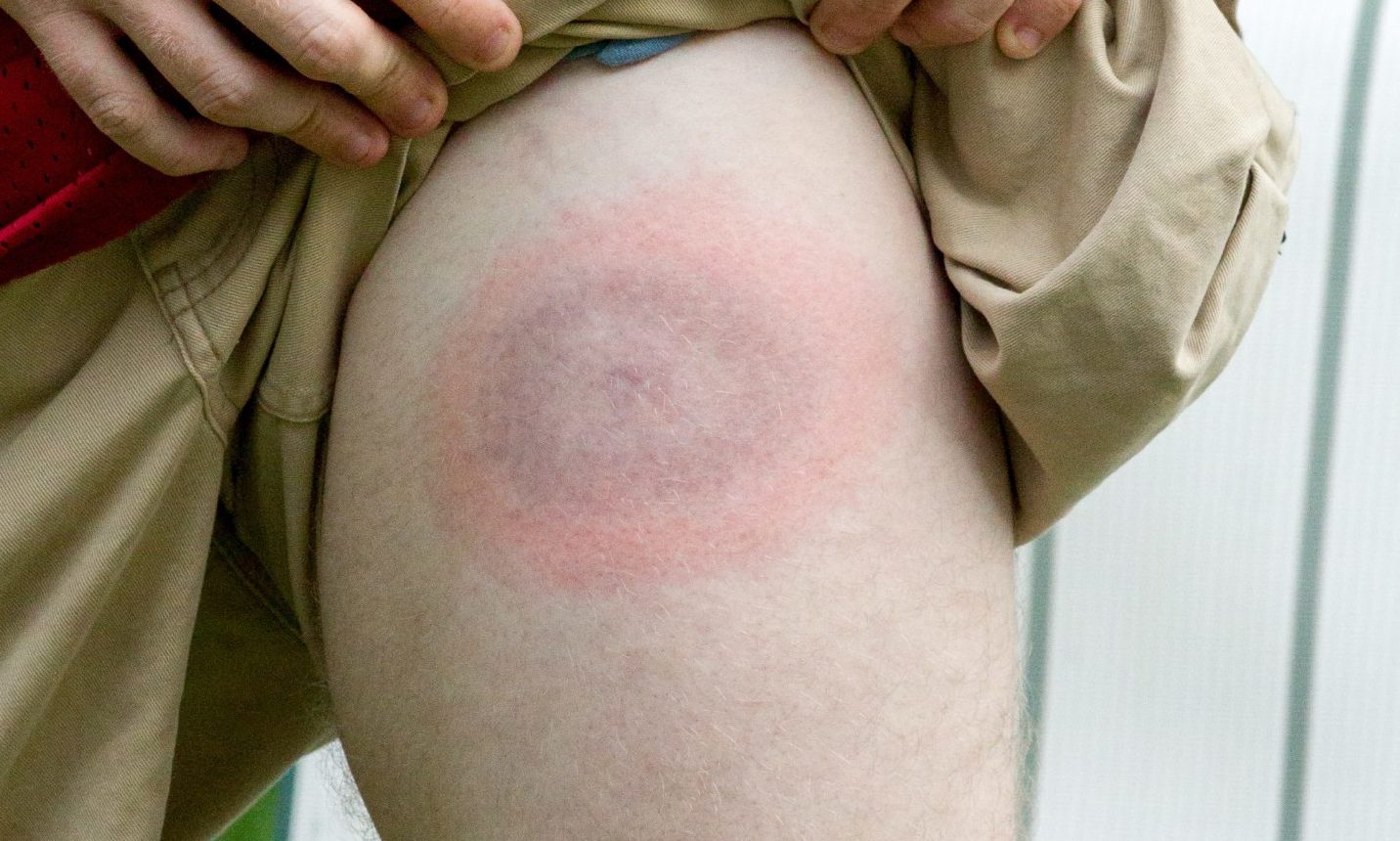As the weather gets warmer and more people take to the outdoors, hillwalkers are being warned about the risks of Lyme disease.
The tick-borne illness can be easily treated with antibiotics, but sufferers can be left with significant symptoms for years after they are first infected.
A motion in the Scottish Parliament, which has received the backing of MSPs from four major parties, has acknowledged there is “still much progress to be made” in ensuring the public is fully aware of the dangers it can cause.
May also marks Lyme Disease Awareness Month, with health campaigners hopeful of teaching more people about the illness.
The exact number of sufferers across the globe is not known, but high-profile names including Avril Lavigne, Ben Stiller and George W Bush have all spoken out about their experiences with it.
How do you get Lyme disease?
Around 5% of all the ticks in Scotland are infected with borrelia, a bacteria which triggers Lyme disease in humans.
The tiny arachnids feed on the blood of other animals and tend to live in woodland, heathland and long grass.
As they can’t fly, they lie in wait for a person or animal to brush past then quickly latch themselves on.
Typically they are the size of a sesame seed (1-3mm), but can grow as large as a coffee bean after feeding.
If someone has been bitten by an infected tick, they tend to develop a circular rash – usually within four weeks.
They could also suffer flu-like symptoms including a high temperature, headaches, muscle pain and a lack of energy.
Some patients have reported experiencing these for years after they were first infected.
Can it be avoided?
Researched published in the British Medical Journal has suggested there could be as many as 2,000 cases of Lyme disease in the UK every year.
This is far higher than the estimated 30 in 1996, and 220 recorded in 2015.
Official advice has been issued on how to limit the chances of contracting the illness.
The Woodland Trust says walkers should avoid straying through “dense vegetation” by sticking to footpaths, cover their skin and tuck their trousers into their socks, and use insect repellent.
What if I get bitten?
Charity Lyme Disease UK (LDUK) has urged people to carry equipment for removing ticks – such as a pair of fine-tipped tweezers – in case they are required.
Walkers are encouraged to regularly check for any bugs and brush them off where possible, or use a tool to pull the tick upwards off the skin with even, steady pressure.
The bugs tend to bite people in the warmer parts of their body, such as the armpits, groin, hairline or behind the knees.
LDUK recommends anyone who notices a rash – which may look like a “bullseye” – or starts feeling unwell after a tick bite, contacts their GP immediately.
They should also draw around the rash with a pen and take photographs to monitor any changes in size.
More work to be done
During the last session of the Scottish Parliament, Aberdeenshire West MSP Alexander Burnett campaigned for better public awareness of Lyme disease.
Earlier this month he lodged a motion recognising the illness and the efforts to tackle it.
It was backed by MSPs from the Scottish Conservatives, SNP, Labour and Liberal Democrats, and said: “(The parliament) acknowledges that cases of Lyme disease have been reported across Scotland, but that diagnosis and treatment of the disease can be difficult and complex.
“(And it) understands that there is still much progress to be made in spreading public health information on how to prevent and treat Lyme disease and other tick-borne illnesses.”
Mr Burnett added: “Although experts have warned about risks in Highland areas like the Cairngorms, recent research has shown the islands can also be danger zones.
“It’s obvious all MSPs want to see our NHS fully equipped to deal with the complexity of tick-borne infections.
“That begins with public information, to get early help from the GP, before long-term illness sets in.”
Celebs speak out
Early 2000s “pop-punk princess” Avril Lavigne was forced to step back from the music industry for several years after contracting Lyme disease.
She was bitten by a tick in 2014, ending up bedridden for five months as she recovered.
Doctors initially diagnosed her with conditions including chronic fatigue syndrome and depression, while they explored her health issues further.
After hearing fellow Canadian popstar Justin Bieber had contracted Lyme disease, Lavigne said: “I want to tell you that there is hope.
“Lyme is a daily struggle, for the better part of two years I was really sick and fighting for my life.”
Actor Alec Baldwin, who has starred in film The Departed and sitcom 30 Rock, among many others, has also spoken out about his experience with the illness.
In 2017 he revealed he had been suffering its effects every August for the previous five years adding, the first time, he thought he was going to die.
The condition left country singer Shania Twain fearing she would never sing again.
She contracted Lyme disease after being bitten by ticks while horse riding in 2014.
The musician opened up about her experience on TV show Loose Women, saying it took doctors around seven years to properly diagnose her.
'There was a point where I thought I'd have to accept that I'd never be able to sing again.'
Shania Twain opens up about contracting Lyme disease and the stress this had on her voice and her singing career.
Watch➡️ https://t.co/uhvdBHHe6b pic.twitter.com/aFVOMjDpCL
— Loose Women (@loosewomen) August 17, 2020




